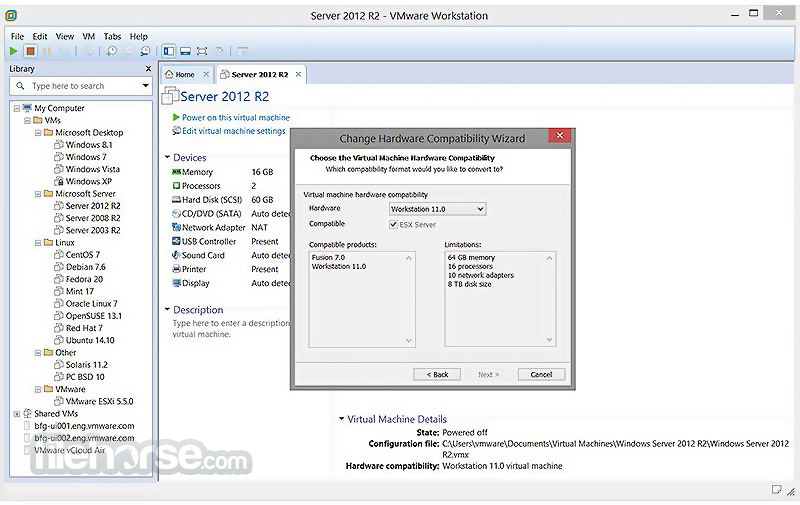

On the next screen, click Customize Hardware. Store it as a single file, and set your storage size. Give your VM a name (like homeassistant) and select the folder you created in Step 2.Ī message will pop up like below. For the version, you would use Other Linux 5.x and later kernel 64-bit. Select the free for non-commercial use option.Ĭlick I will install the operating system later. Search your computer for VMware Workstation 16 Player and open. Step 3: Launch VMware Workstation 16 Player

If using Windows 10 PC as a host, select the 64-bit Windows Operating System.

If you are using the Home Assistant Google Drive Backup integration, you can download your backup from Google Drive later on. Take a Home Assistant snapshot and download it your PC.

I had planned on installing on my Windows Server 2019 server, but since Hyper-V was already running and in use, I wasn’t able to and had to install this on my primary Windows 10 desktop pc. It’s important to note that VMware Workstation Player 16 will only run on Windows 10 PC, version 20H1 or higher. This guide assumes you already have Home Assistant installed and running.įor reference, I migrated from a raspberry pi 3B+ on an SSD and am using a Nortek GoControl zwave/zigbee dongle. Home Assistant restarts now takes less than a minute (instead of 5), and all of my z-wave issues have finally gone away. Everything just worked – and actually worked better than before. vmdk image, move your zwave/zigbee dongle to your Windows computer, and then restore Home Assistant from your last snapshot.Īfter I migrated, I didn’t have to fix a single wifi, Zigbee or zwave js device. You just won’t have a snapshot to import you’ll be starting with a fresh HA instance.īy the end of the guide, you will be able to create a VM in VMware, download and attach the Home Assistant. Or, if you don’t have Home Assistant installed yet, you can still follow this guide exactly as is. In this guide, I will show you how to migrate Home Assistant from a raspberry pi to VMWare Workstation 16 Player.


 0 kommentar(er)
0 kommentar(er)
